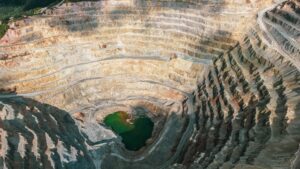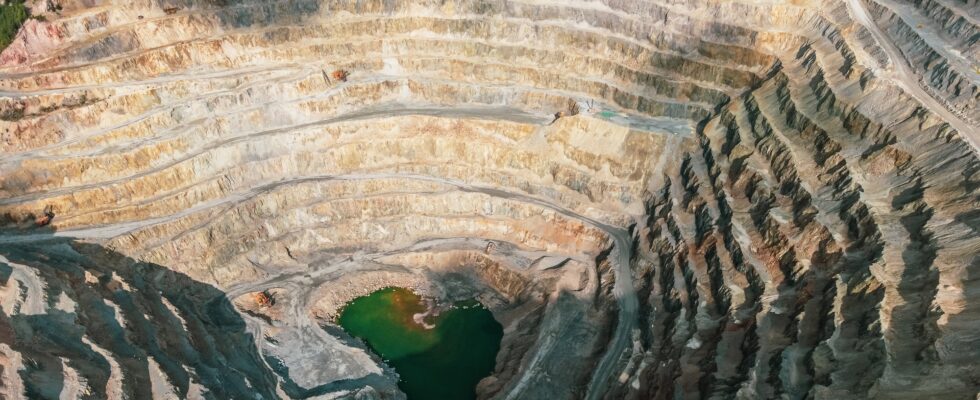
Mining is one of the world’s biggest emissions generators, yet it also plays a crucial role in helping the world meet net zero goals through electrification. To build cleaner energy solutions such as solar, wind, and water energy, the amount of copper that needs to be mined will have to double over the next decade. Additionally, miners are facing new sustainability requirements. Combined with the escalating costs of mining, mine operators must adopt new technologies and methods to ensure productivity and profitability.
Copper ore grades declining
Ore grades for many minerals, including copper, are declining rapidly. Between 2001 and 2012, the weighted average head grade for copper fell by almost 30%. This means that much more rock needs to be dug up to meet existing ore requirements, let alone satisfy future needs.
Current copper production rates already have a gap, with a 6.6 million t shortfall anticipated by 2031. The higher demand and declining grades will require miners to increase the volume of ore processed by 44%, adding 1 billion tpy on top of recently announced expansions.
Decarbonising an energy-intensive industry
From July 2023, the Australian Safeguard Mechanism has set a hard CO2 baseline requiring sites to reduce their emissions by 4.9%, to reach a 30% reduction target by 2030.
Mining companies have committed to cutting their emissions by 50 – 100% over the next 10 – 20 years. A key contributor to mining’s emissions is diesel equipment. On average, a mining site, with a fleet of approximately 40 trucks, generates 150 000 tpy of carbon from diesel equipment.
Escalating costs of mining
Mines have to be dug deeper, which increases safety risks and the cost of extraction. There are also critical infrastructure shortages, such as severe water shortages in remote and arid regions – meaning water must be pumped across vast distances at huge expense.
Moreover, rising costs related to energy and labour, coupled with skills shortages, are driving up expenses. Increasingly strict regulatory requirements around ESG also add to the cost burden.
Data and analytics: Is AI the solution?
With battery technology still years away, reducing diesel consumption is a priority. One approach that has already seen significant results is the use of AI and data to measure and optimise mining operations. Data and analytics can be used to maximise payloads on mining vehicles; reduce idle time, off-haul, or wasted operation; and enable more efficient driving and machinery maintenance to ensure peak operating efficiency.
The Karara Iron Ore project in Western Australia has used a data science platform that improved the average fill factor by three extra tonnes per load, resulting in an additional 612 000 t of material being moved annually without incurring any extra costs or carbon emissions. Drivers also received individual coaching to operate their trucks more safely and efficiently by targeting ramp and corner speeds and the best gears for each section of the road.
Conclusion
Over the next 30 years, the mining sector will need to mine more mineral ores than humans have mined in the last 70 000 years. This will only be possible through innovative technology and a new approach to mining, which will make it much smarter, more efficient, and more productive.
By Tom Cawley, CEO of MaxMine
This article was first published by Global Mining Review
